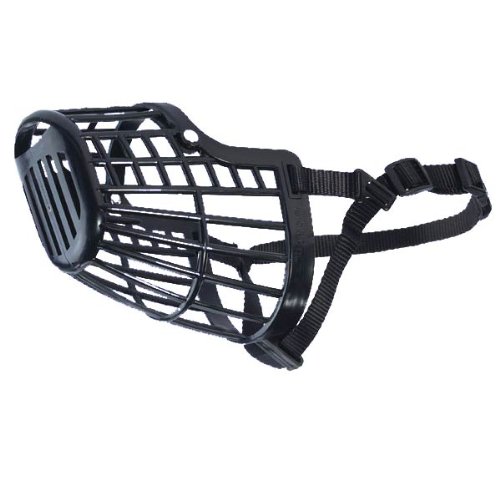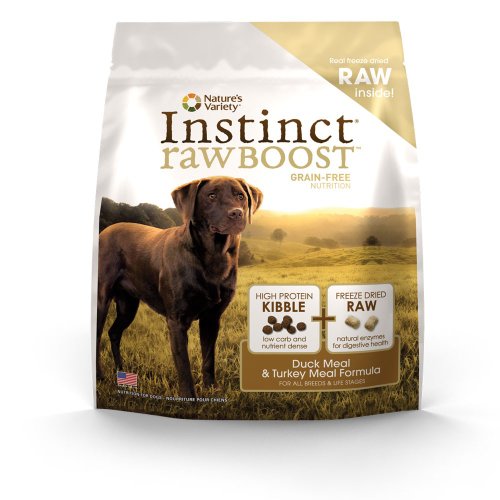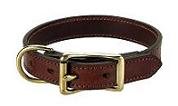

Very early in its history, the dog was bred into a variety of races, or breeds, depending on climate, certain environmental directions of selection, and the preferences of its masters.
The Breed. A more formal and systematic creation of bloodlines was developed when dog breeders recognized and accepted the concept of "breed" as formulated by the horsemen of Arabia. A breed may be defined as a group of animals bred by man to possess certain inheritable qualities, including a uniform appearance, that distinguish it from other members of the same species.
BREED CATEGORIES
The breeds of dogs are so varied in size, function, geographical origin, and other aspects that it is very difficult to construct an objective classification. However, by using "function" as the main criterion, logical groupings can be made.
Sporting Dogs. This is a multifaceted group, which is best subdivided according to the mariner in which the dogs hunt.
Pointing Breeds. These are breeds that follow wind-borne scents and are frequently used in the hunting of upland birds. When a pointer detects a suitable gamebird, it stops, points its muzzle in the direction of the bird, and holds this pose until the hunter arrives to flush out and shoot the bird. Many pointing breeds are also required to retrieve the fallen bird.
Retrieving Breeds. Since pointing breeds are not always adept at retrieving and because certain kinds of hunting, such as for waterfowl, do not require game-finding dogs, hunters have developed the retriever. This is typically a very obedient dog that waits quietly by its master's side until instructed to bring in killed game.
Flushing Breeds. These dogs, unlike the field- hunting pointers, search underbrush and reedy areas to find and flush game for the hunter. Because they flush the game themselves and do not wait for the arrival of the hunter, they are close-ranging dogs, staying as near to the hunter as possible. In many instances, these flushing breeds are not required to retrieve the game.
Scent Hounds. These are breeds with an excellent sense of smell, and they generally trail ground-borne scents. According to their size and the game being pursued, they may keep the game running and circling toward the hunter or bring it to bay to await the hunter's gun. Though scent hounds may be used on ground-running birds, such as pheasants, they are primarily utilized in the tracking of mammals. Some breeds ( the schweisshunde ) are held on long leather leashes while following the blood trail of a wounded animal.
Sight Hounds. These dogs depend upon their vision rather than their scenting ability to locate and follow game. Sight hounds hunt far afield, and their high, narrow, supple bodies are built for speed. They were developed as hunters of swift-footed mammals.
Terriers. These are courageous, vivacious dogs that were originally developed to enter the ground dens of foxes, rabbits, and other animals and drive them out to the hunters. Terriers are still used on farms to kill rats and other vermin.
Mastiffs. The mastiffs are very large, heavily built breeds that were formerly used for a variety of purposes, but now mostly serve as guard dogs or pets. The Assyrians and Babylonians used mastiff breeds in lion hunting; the Romans used them as guard dogs; and the modern Japanese still use them as fighting dogs.
Northland-Type Dogs. This is a broad group, encompassing the sled dogs, the laikas, and the spitzes. These breeds all have stiff, erect ears and carry their tails curled up over their backs. The kinship with the wolf is very evident in the sled dogs, but the laikas, which are used as hunters and watchdogs, are lighter in build. The sled dogs make as little use of their voices as do the laikas, but the European spitzes old, established watchdogs give tongue willingly.
Herders. This is the largest and most comprehensive group. For many centuries man has used these dogs to guard sheep, cattle, goats, and pigs, and he has trained many of them to actually guide, or herd, groups of these animals. In Europe, when herds of cattle had to be driven over relatively great distances to grazing grounds or slaughterhouses, tough, robust droving dogs were used to sustain the ponderous forward progress of the cattle. Today the able herding dogs, such as the German shepherd, have been singled out and trained to do a variety of tasks.
Toys. Small pet dogs, probably dwarfs, were known in ancient China and among the Aztecs of Mexico. The modern toy dog is not a dwarf but a correctly proportioned miniature form developed from almost any one of the previously named breed groups the pug, for example, from the mastiff.
 Dog Muzzle
If you are unsure about your
Dog Muzzle
If you are unsure about your
 Natures Variety Instinct Raw Dog Food: Best Choice for Your Treasured Pet
Instinct Raw Dog FoodOne of
Natures Variety Instinct Raw Dog Food: Best Choice for Your Treasured Pet
Instinct Raw Dog FoodOne of
 Five Ways to Stop Dog Barking When You Leave Your Pet Alone
Many dog owners are surprise
Five Ways to Stop Dog Barking When You Leave Your Pet Alone
Many dog owners are surprise
 Bissell Shed Away Review
Pets can get expensive and t
Bissell Shed Away Review
Pets can get expensive and t
 English Bridle Leather Dog Collars
If you have a medium to larg
English Bridle Leather Dog Collars
If you have a medium to larg
Copyright © 2005-2016 Pet Information All Rights Reserved
Contact us: www162date@outlook.com